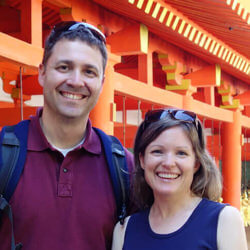Japan Reading List
One of the best parts of giving tours of Japan is the excitement and eagerness our guests have to learn about this unique culture. I am always asked if there are any books I would recommend to gain a deeper insight into the people and their customs. The answer is always YES, and here is my personal Japan reading list.
Japan Reading List
I have read each and every one of the books recommended below. I believe they provide an insight into the country’s culture, through both fiction and non-fiction, allowing you to get a glimpse of what to expect on your journey through The Land of the Rising Sun.
Fiction
The Makioka Sisters by Junichiro Tanizaki (1995)
The story follows four sisters during the period of 1936 to 1941 before World War II. The sisters struggle with the decline of the upper middle class, the prestige of their family name, Japanese rituals, and domestic life. The Japanese version, Sasame-yuki, was first published in 1943.
Memoirs of a Geisha by Arthur Golden (1999)
This story follows the life of Sayuri, a geisha in Kyoto, from the age of nine when she is sold to a geisha house in Gion.
It’s an interesting story, but keep in mind this a work of fiction perpetuating the stereotype of geisha being prostitutes. Because of cultural misrepresentations, many Japanese people did not appreciate the film of the same title released in 2005.
The Tale of Murasaki by Liza Dalby (2000)
Liza Dalby tells the story of Murasaki Shikibu in 11th century Japan, a poet and author of the world’s first novel The Tale of Genji. The story provides a wonderful insight into imperial courtly life during the Heian period and the characters in The Tale of Genji.
Liza Dalby is the only westerner to have lived with geisha in Kyoto’s Pontocho district. She writes about her experiences in the novel, Geisha.
Pachinko by Min Jin Lee (2017)
An interesting story about Korean culture in Japan. It follows four generations of a Korean family who immigrated to Japan in the early 1900s and how their lives changed with each generation. Although 512 pages, it is an easy read.
A TV series based on the novel was released in 2022. As of writing, it is available on Apple TV+. See more travel shows.
Non-Fiction
History:
Hiroshima by John Hersey (1946)
Originally appearing in The New Yorker in 1946, John Hersey tells the story of six people who lived in Hiroshima at the time of the atomic bomb. In the updated edition, he follows up with their lives 40 years after the bombing.
Fallout by Lesley M. M. Blume reveals how John Hersey was able to get into Hiroshima and report what really happened in Hiroshima.
A Concise History of Japan by Brett Walker (2015)
Japan has a unique history dating back thousands of years. This textbook-style book starts at the beginning and goes in chronological order leading up to the events that bring us to modern day Japan: imperial court, rise of the samurai, civil wars, encounters with the west.
Culture:
The Geography of Thought by Richard Nisbett (2003)
Psychologist Richard Nisbett researches human behavior in Asia and the west, and shows how people in different cultures think and see the world differently.
Geisha, A Life by Mineko Iwasaki (2002)
Mineko Iwasaki was the most popular geisha of her time traveling all around the world hosting dignitaries and celebrities. In this autobiography, she writes about her experiences as a geisha and the real story of geisha in Kyoto.
Before the publication of this book, she was interviewed by Arthur Golden for Memoirs of a Geisha and later sued him for misrepresentation of her story.
Bending Adversity: Japan and the Art of Survival by David Pilling (2015)
The Asia editor of the Financial Times, David Pilling, explores Japan’s recovery from crisis, such as the economic bubble and the 2011 earthquake. He writes from experience living in Japan and touches on social, spiritual, financial, and political points of view. This is a very interesting read!
Japan – Culture Smart!: The Essential Guide to Customs & Culture by Paul Norbury (2021)
Gives a brief overview of Japanese culture, the people and their values, local customs, language, food, and social interactions. Practical tips for preparing for your first trip to Japan.
Travelogue:
The Lady and the Monk by Pico Iyer (1991)
A travelogue following Pico Iyer’s first experiences of living in Kyoto, learning about Zen Buddhism, and trying to understand Japanese culture. He has since lived in Japan for over 30 years and has written several books on the subject.
I also recommend his memoir, Autumn Light, published in 2019.
Where the Dead Pause and the Japanese Say Goodbye: A Journey by Marie Mutsuki Mockett (2016)
An excellent book to learn about religion and Buddhism in Japan. The author takes a spiritual journey across Japan interviewing Zen priests, visiting a school for Zen Buddhist monks, and exploring how Japan copes with death and mourning.
Learning to Bow: Inside the Heart of Japan by Bruce Feiler (1991)
This book offers an interesting look into Japanese society and education by an American teaching English at a junior high school in rural Japan. The government cultural exchange program started in 1987 and is the same one I participated in after graduating from college.
Disclaimer: There are affiliate links in this article. This means that if you make a purchase after clicking on these links, we may receive a small commission at no extra cost to you. We have no association with the companies or the products reviewed. These are our own opinions of top travel products.


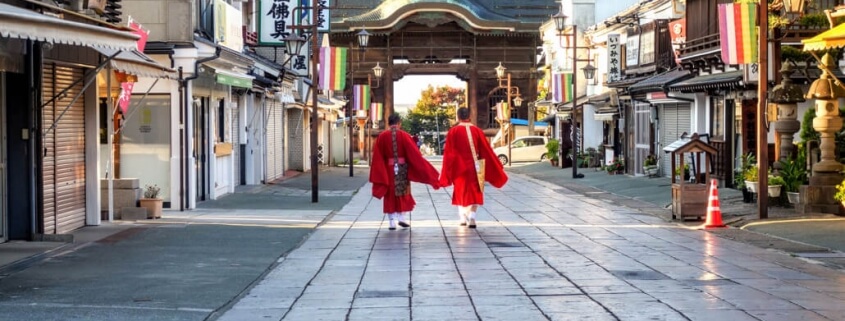 ©JAPANandmore.com
©JAPANandmore.com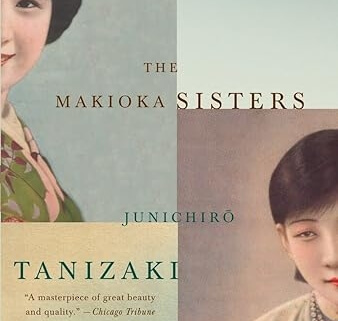
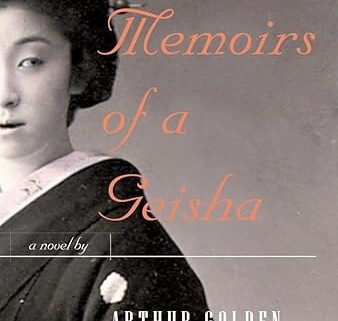
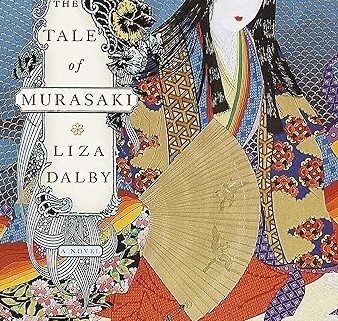
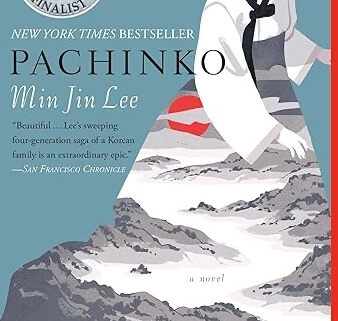



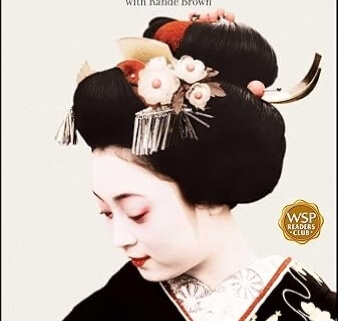
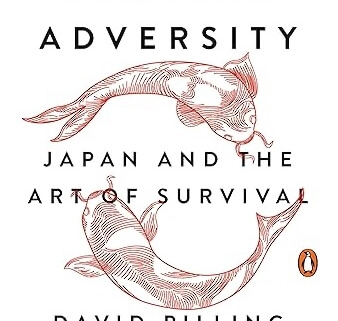
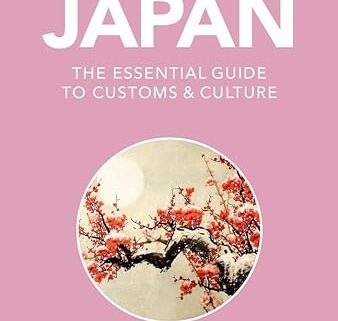

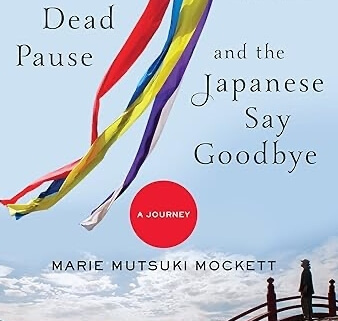
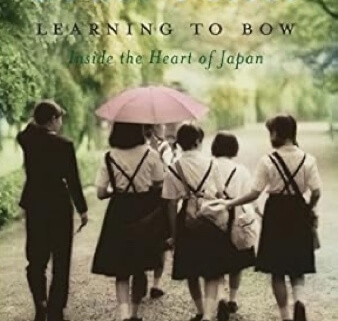
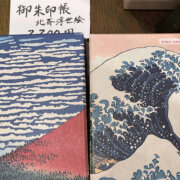 @JAPANandmore
@JAPANandmore 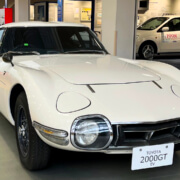 ©JAPANandMore.com
©JAPANandMore.com 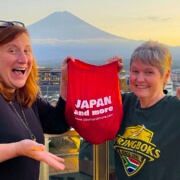 @JAPANandmore
@JAPANandmore 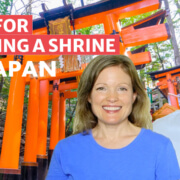 @JAPANandmore
@JAPANandmore  Japanesepod101 Screenshot
Japanesepod101 Screenshot 
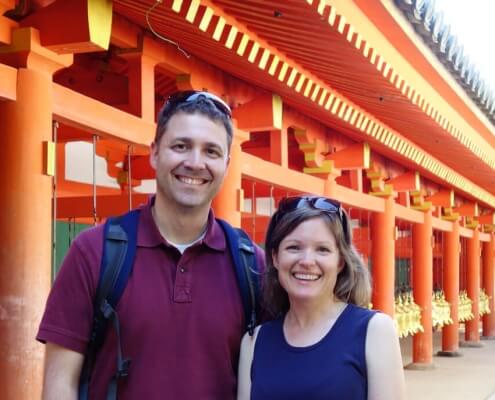
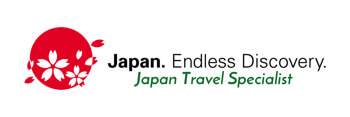



 ©JAPANandmore.com
©JAPANandmore.com ©JAPANandmore.com
©JAPANandmore.com